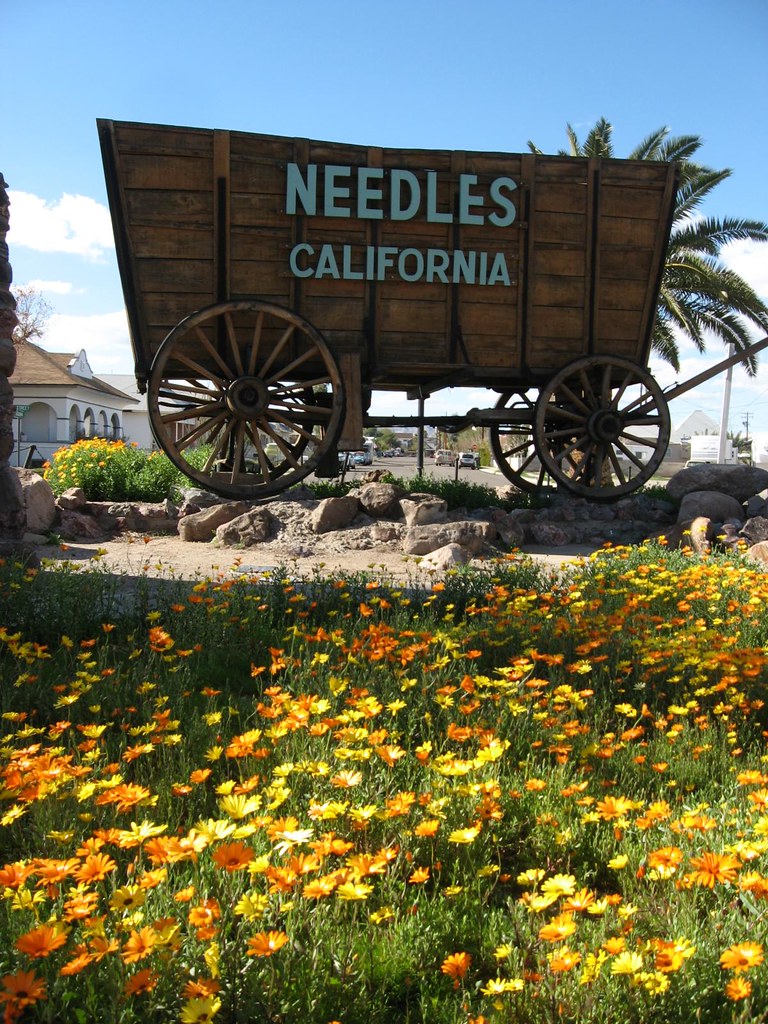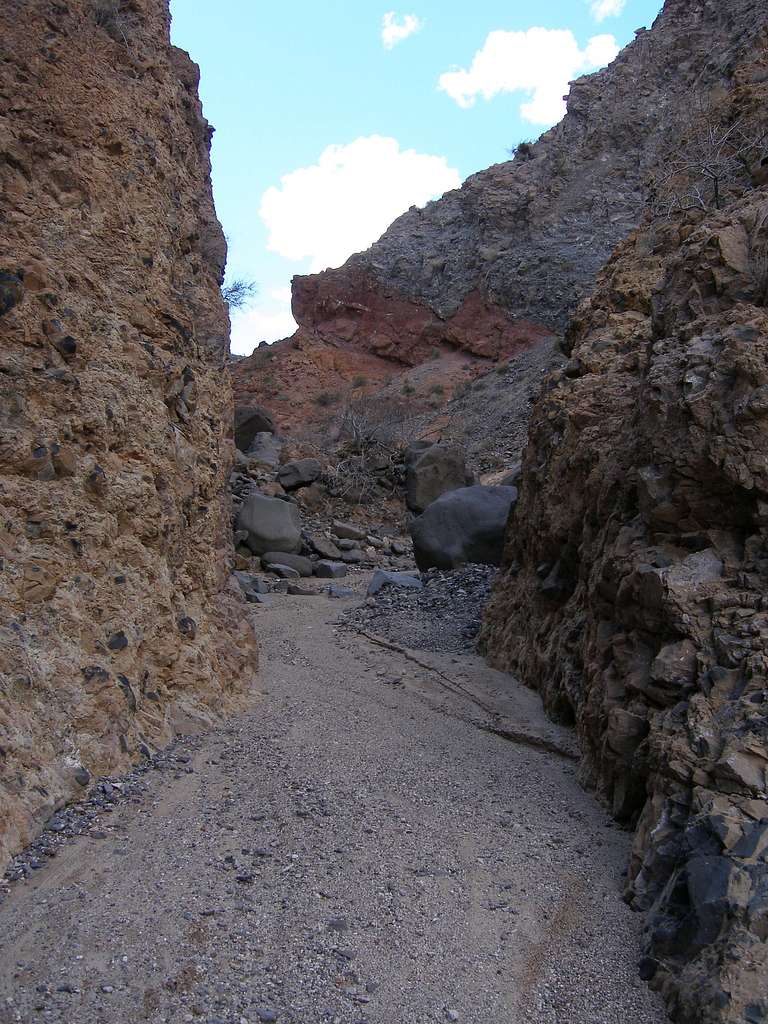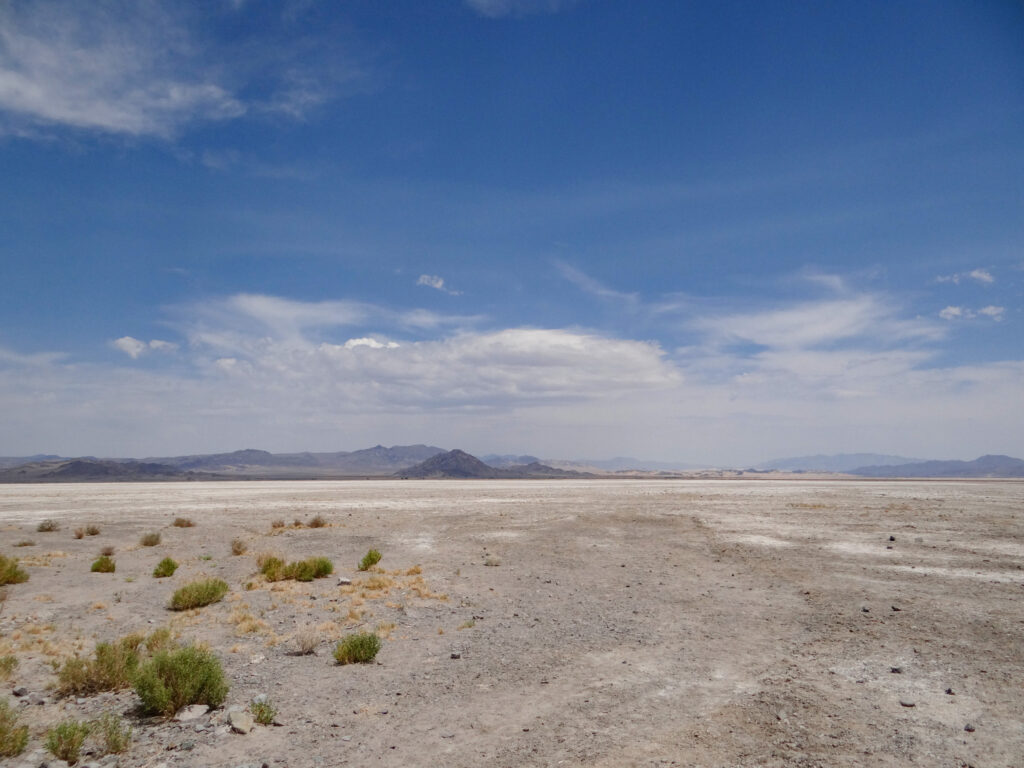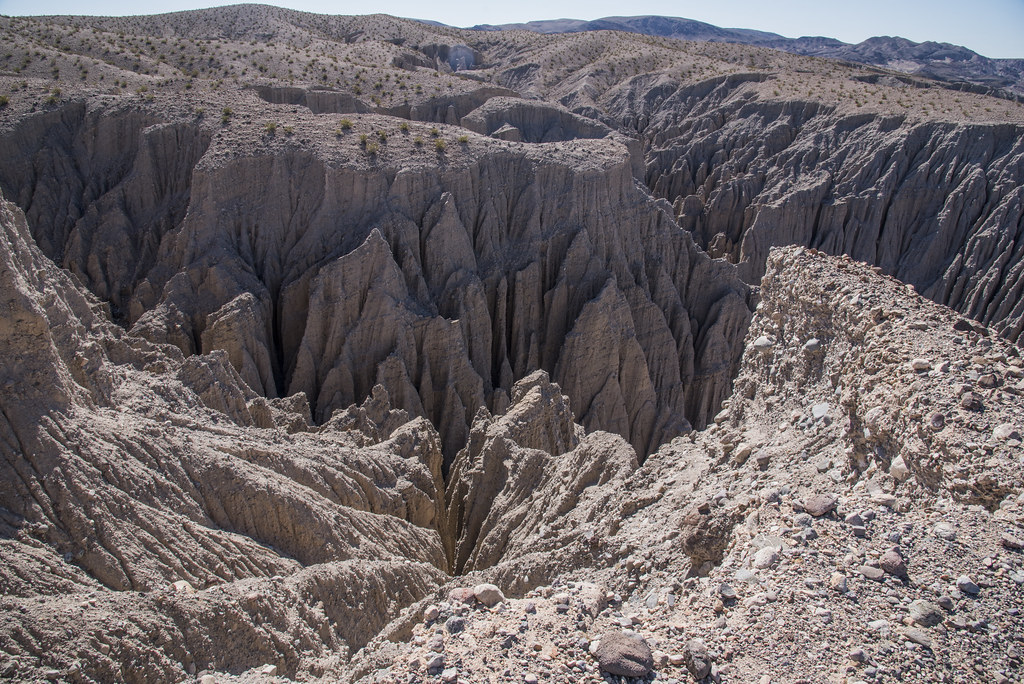The Mojave Road is a classic off-road adventure spanning 140 miles across the heart of the Mojave Desert in Southern California. This historic trail, originally a Native American trade route, offers a unique combination of desert solitude, historic sites, and diverse terrains. It’s a must-do for 4×4 enthusiasts looking to experience the remote beauty of the desert and test their skills on sand, rocks, and rough trails. In this guide, we’ll cover everything you need to know to conquer the Mojave Road, including trail details, recommended gear, difficulty ratings, and essential tips for a safe journey.
Table of contents
Mojave Road Overview
Location: Starts near Needles, California, and ends near Afton Canyon, California
Coordinates: Starting Point: 34.8489° N, 114.6132° W; Ending Point: 35.0452° N, 116.3873° W
Trail Length: Approximately 140 miles
Elevation: Ranges from 500 feet to over 4,500 feet
Difficulty: Moderate
The Mojave Road traverses the Mojave National Preserve, offering remote desert landscapes, historic landmarks, and unique features like lava tubes, Joshua tree forests, and ancient rock formations. Due to its remote location, the trail requires proper preparation, including navigation equipment and enough supplies for a multi-day trip. The best time to explore the Mojave Road is during spring or fall, when temperatures are more moderate.
Trail Sections and Difficulty Ratings
Needles to Fort Piute

Needles
Difficulty: Moderate
Trail Length: Approximately 25 miles
Terrain: Rocky roads, wash crossings, and desert paths
The trail starts near the Colorado River, heading west from Needles and gradually ascending into the Mojave Desert. The first section includes rocky terrain and wash crossings, leading to Fort Piute, an old military outpost with ruins worth exploring.
Recommended Gear:
- All-Terrain Tires: 33-inch tires for better traction on rocky and sandy sections.
- Portable Air Compressor: Essential for airing down tires in soft sand and reinflating them afterward.
- GPS Device: Navigation is crucial in this remote area with limited signage.
For more information on the Mojave National Preserve, visit: Mojave National Preserve Guide
Fort Piute to Marl Springs

Difficulty: Moderate
Trail Length: Approximately 30 miles
Terrain: Sandy tracks, desert washes, and rocky paths
This section of the trail winds through the heart of the Mojave Desert, featuring sandy tracks and stretches of rocky terrain. Marl Springs, a historic water stop on the old route, is a great place to take a break and explore the surrounding area.
Recommended Gear
- Sand Tracks/Recovery Boards: Useful for getting out of deep sand.
- Extra Fuel Cans: There are no services along the route, so carry enough fuel for the full journey.
- Recovery Straps: For recovery situations in soft sand or washouts.
Marl Springs to Soda Lake

Soda Lake
Difficulty: Difficult
Trail Length: Approximately 35 miles
Terrain: Sandy washes, rocky hills, dry lake beds
This section includes the challenging crossing of Soda Lake, a dry lake bed that can be impassable after rains. The trail then continues through the Mojave’s rugged terrain, offering panoramic desert views and a sense of isolation.
Recommended Gear:
- Winch: A reliable winch like the Warn for self-recovery, especially on soft lake beds.
- Tow Straps and D-Rings: For assisting other vehicles or getting unstuck.
- High-Lift Jack: Useful for changing tires and navigating over obstacles.
Soda Lake to Afton Canyon

Afton Canyon
Difficulty: Moderate
Trail Length: Approximately 40 miles
Terrain: Sand dunes, river crossings, and rugged desert paths
The final stretch of the Mojave Road includes Afton Canyon, often referred to as the “Grand Canyon of the Mojave.” This part of the trail features river crossings and tight canyons, adding a unique challenge to the end of your journey.
Recommended Gear:
- Waterproof Gear: For navigating through river crossings in Afton Canyon.
- Two-Way Radios: For communication with other vehicles in remote areas.
- First Aid Kit: Always carry a comprehensive first aid kit for emergencies.
Essential Tips for the Mojave Road
- Travel in Groups: The Mojave Road is remote, and traveling with other vehicles is safer in case of mechanical issues.
- Pack Plenty of Water: Desert conditions can be harsh—carry at least a gallon of water per person per day.
- Check Weather Conditions: Avoid the trail after heavy rains, as certain sections can become impassable.
Wow that looks like a great place to go and explore. Thank you for the information.
It is a great place for a weekend trip with our family and friends.